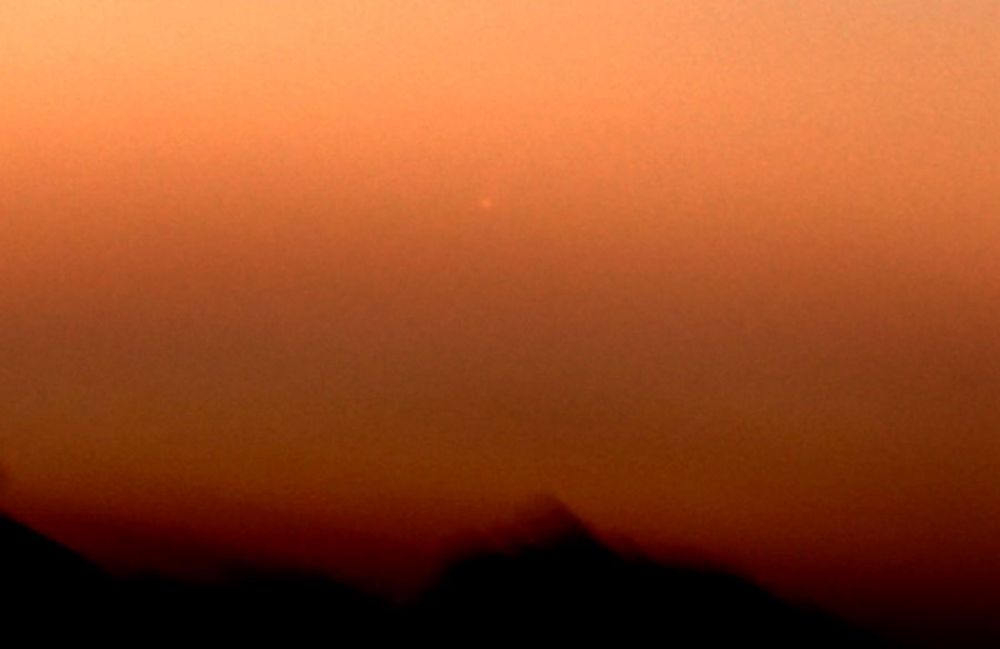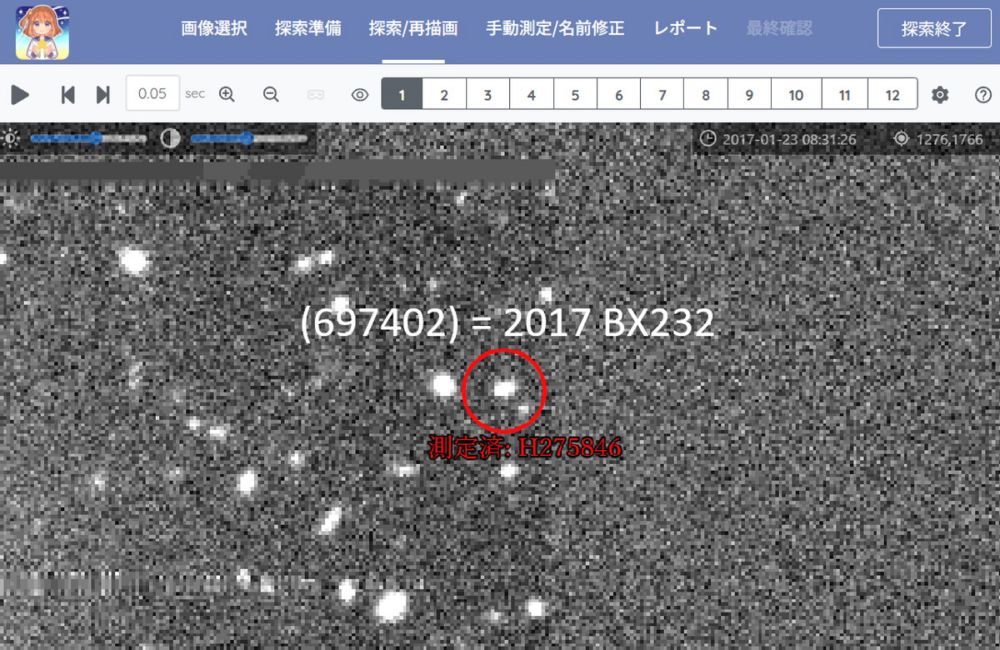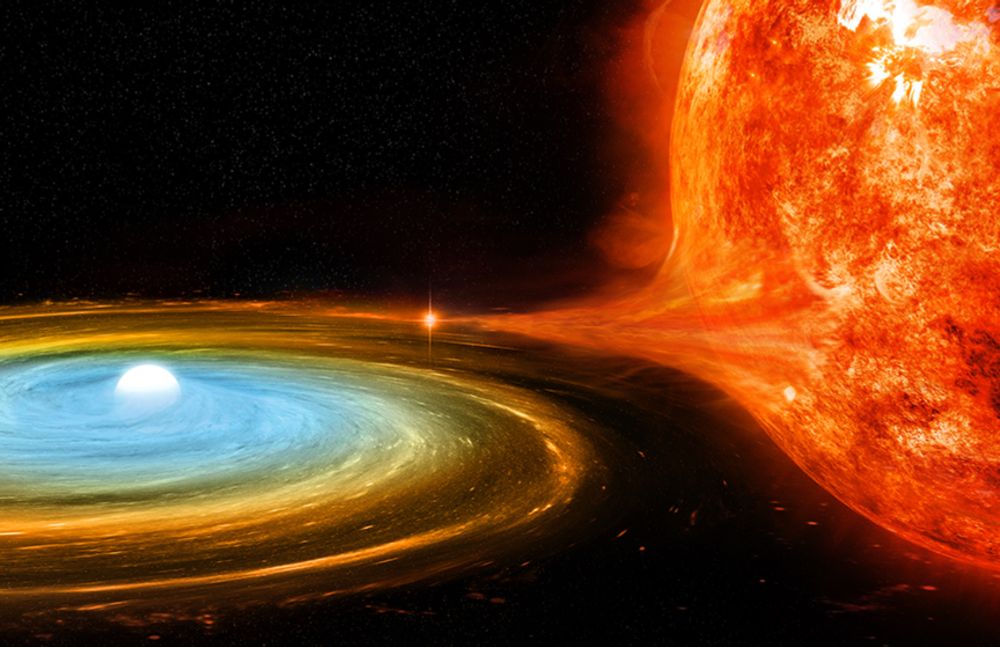
Asteroid (739634) Zhaojingyuan.
My Scientific Publications: https://orcid.org/0000-0002-2770-3481

Observations were made by me using Alnitak Remote Observatories robotic telescope network, Alnitak Research Telescope Access (ARTA) program. 🔭

Observations were made by me using Alnitak Remote Observatories robotic telescope network, Alnitak Research Telescope Access (ARTA) program. 🔭
Behold, here are the orbits of ALL 128 MOONS OF SATURN. This isn't just a moon system—it's a literal asteroid belt around Saturn! 🧪🔭☄️



Behold, here are the orbits of ALL 128 MOONS OF SATURN. This isn't just a moon system—it's a literal asteroid belt around Saturn! 🧪🔭☄️
Gaia
spacecraft using the SPIRIT 3 telescope at
@icrar.bsky.social's Mardella Observatory (IAU code E29). Farewell to this incredible mission that revolutionized our understanding of the Milky Way!
#Gaia #GBOT #astro



Gaia
spacecraft using the SPIRIT 3 telescope at
@icrar.bsky.social's Mardella Observatory (IAU code E29). Farewell to this incredible mission that revolutionized our understanding of the Milky Way!
#Gaia #GBOT #astro




news.livedoor.com/article/deta...
小惑星は『恋する小惑星』の略称にちなんだ未発見小惑星検出アプリ『COIAS』を通じて発見。「アオ(Ao)」という名前は同漫画の2人の主人公が交わした“約束” に由来しているという。


Image Credit: DSS、PanSTARRS DR1

Image Credit: DSS、PanSTARRS DR1
Event Details: radiolab.org/moon-officia..., www.iau.org/news/pressre...
Nomination Website: woobox.com/wc2qxd
🔭🧪

Event Details: radiolab.org/moon-officia..., www.iau.org/news/pressre...
Nomination Website: woobox.com/wc2qxd
🔭🧪




900名以上のユーザーによって利用され、7万を超える新天体候補の捜索に成功、うち45天体について仮符号が習得され、このうち6つは太陽系外縁天体(本文より)
www.astroarts.co.jp/article/hl/a...

900名以上のユーザーによって利用され、7万を超える新天体候補の捜索に成功、うち45天体について仮符号が習得され、このうち6つは太陽系外縁天体(本文より)
www.astroarts.co.jp/article/hl/a...
COIASとかDaily Minor Planetとか美ら研みたいな例がどれだけあるのか調べたらいっぱい出てきたので記事にまとめてみました



Two papers report on a declining Type Ic supernova light curve exhibiting ~12 day periodicity in NGC 157 (23 Mpc).
Evidence of binary survival post-blast, with an accreting new compact remnant companion.
www.nature.com/articles/s41...
iopscience.iop.org/article/10.3...
📸🔭

Two papers report on a declining Type Ic supernova light curve exhibiting ~12 day periodicity in NGC 157 (23 Mpc).
Evidence of binary survival post-blast, with an accreting new compact remnant companion.
www.nature.com/articles/s41...
iopscience.iop.org/article/10.3...
📸🔭
starinabox.lco.global

starinabox.lco.global


